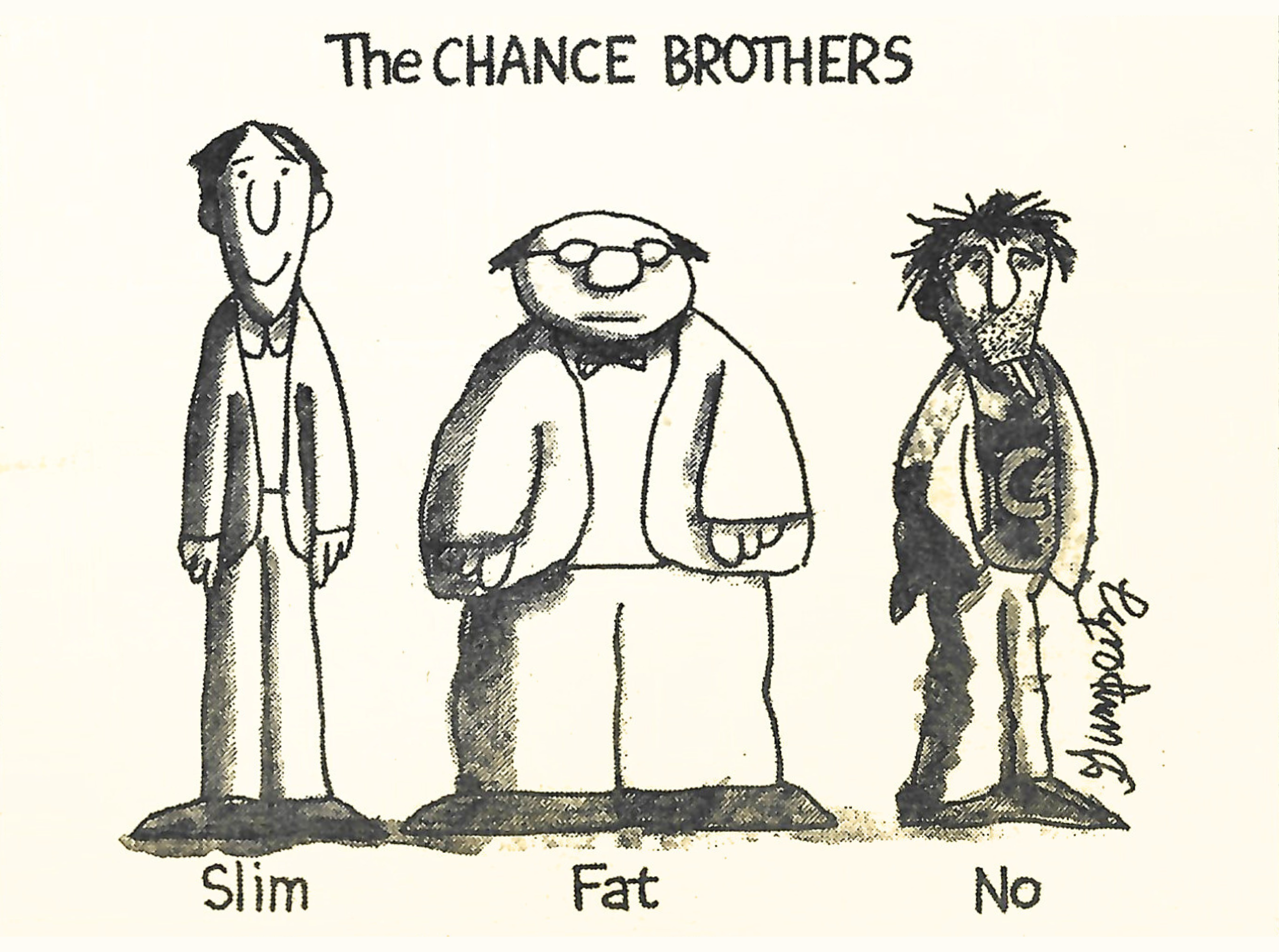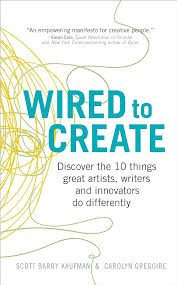LEARN A LITTLE:

Some Thoughts About Worrying
All of us worry from time to time. I can’t imagine a parent, student, or employee who hasn’t experienced some uneasy thoughts or feelings about the future. It is also clear that some people worry more than others, and that the fear of what might happen is diminishing or, in some cases, ruining the quality of their lives.
My purpose in this blog is to share some thoughts regarding “worry” along with some strategies that might be helpful to those trying to worry less. These insights are not intended for those who might be more familiar with the concept of generalized anxiety disorder. Hopefully, those individuals are already following a plan of empowerment.
It never hurts to know who you are or, for that matter, who you might be becoming from a personality or temperament perspective. In my experience, extreme worriers often fall into the category of those characterized as overthinkers, people who think too much about something and spend an inordinate amount of time analyzing issues, data or events. In addition, it isn’t unusual for them to become negative thinkers, who often make a habit of postponing decisions.
For those of you who are vulnerable to worry and wear a management or leadership hat, it is important to remind yourself that you are not in the troubling situation alone. Others also share the concerns you do. If it is raining in your environment, then it is quite likely raining on others as well. It is comforting to know you are not in the storm alone. Don’t let worry be a solitary burden. Receiving support from others makes a difference.
I wish I could say I didn’t worry, but I do. Fortunately, the truth is that some degree of worry isn’t bad and probably represents an important survival skill, but it becomes a decided handicap when we can never move out of a worried state of mind. We all know people who live like this. Yesterday it was _____, today it’s _____, and tomorrow it will be _____. Often, they experience significant relational problems, headaches, insomnia or sleepless nights, loss of energy and perhaps even appetite. These preoccupations may more likely cause us to be distracted from what we should be doing and miss out on opportunities to accomplish important tasks.
Overcoming worry is not a matter of simply deciding to do so. And watching one or two YouTube videos or a podcast on “overcoming worry” won’t work either. It’s a process that will continue through our lifetime mainly because we are human and subject to characteristic human responses, such as a desire to control–even what we ourselves can’t control.
There are, however, a few things that can be done that will help us better cope with the worry habit. In terms of problem solving, I like to put things into “piles” and when appropriate, address the “piles” separately. That’s what I try to do with worries. When an issue enters my mind and bears the beginnings of fear, anxiety or uncertainty, I mentally try to put it into one of these piles.
Concerns – This is the easiest pile because usually it’s a matter of thought, something I should wonder and/or be curious about, but, as I leave it in this pile, there is no real emotion attached to it. It could be a health issue (i.e., “I sure have been sneezing a lot lately.”) or an organizational observation (i.e., “Sales were down last week.”). Concerns, however, can become worries in the future.
Type 1 worries – These are the issues that come to my attention and cause uneasiness, apprehension or some measure of fear, but the key factor is that there is an actionable response. If my car unexpectedly starts to make a loud, unfamiliar noise when I start it, I can take it to a mechanic and have it checked before I worry that I will need a new car.
Type 2 worries – In many ways, these are the worst worries because the issue lies beyond my ability to control or prevent. So, it is easy to become afraid of what will happen when facing these conditions. This is huge because unwanted emotions replace the possible action steps, choices or decisions a person can make to resolve the issue. Sad to say, worrying will not prevent a bad thing from happening, but the good news is that Type 2 worries occur less frequently.
Obviously, it does no good to deny our worry about a Type 2 situation. Rather, it is time to remind ourselves that uncontrolled circumstances are a part of living. Acceptance of that reality and choosing how we will confront it is the most reasonable way to approach the situation.
An Additional Thought
There is no doubt that you will encounter challenges and problems that will cause you to worry as you make your way through life. The goal is to develop strategies that will help you manage these occurrences so that they do not manage you. What follows is another tactic I have found helpful. Select the scenario that applies in your situation.
Let’s say your company or organization depends significantly on state dollars to operate, and the governor has just announced a major budgetary deficit and intends to reduce expenditures by a record amount. This indeed should elicit worry behavior for most leaders.
To keep it simple, consider three possible perspectives on the news.
- The best-case scenario: You believe the plan is part of a larger strategy that allows the governor to introduce new revenue streams, perhaps even increasing taxes. You do not believe the reductions will happen.
- The worst-case scenario: You believe that the governor’s plan will have a catastrophic impact on your organization and that you will likely have to close programs, reduce hours and lay off staff. You feel helpless and believe there is nothing you can do about it.
- The most likely scenario: You believe that there may be some level of funding cuts but that the announced level is likely to be reduced. You also know you must do everything you can to stop the cuts or at a minimum greatly reduce the amount.
In my opinion, prudent administrators should spend most of their time on what they consider to be the most likely scenario and that is what should be emphasized with staff and other stakeholders. Selecting this option requires managing expenses and having a good grasp of the circumstances, etc. Good systems thinking and communication are vital. This approach would also include taking a hard look at efficiencies, not filling certain staff vacancies, and identifying possibilities of revenue enhancement, etc.
To adopt the first scenario thinking is to be naïve and if the reduction action is taken to be devastated as an organization.
To adopt the thinking in the second scenario could result in staff quitting, loss of productivity and engagement, and a lack of mobilizing resistance to combat the threat. At this same time, however, senior staff should lay out all of the consequences of a serious financial reduction and develop a guided plan of response.
To adopt the conclusions drawn in the third scenario is to forecast the most likely events, given thoughtful examination, reflection and knowledge of previous threats of reductions or actual reductions. To be good at such scenario predictions, one must “know the territory.”
The course of action described above will allow for the development of contingency plans and the minimization of, “What should we do now?” questions. It should also help you sleep better at night.
Hope in the future never disappoints, As John Gardner has noted, “The first and last task of a leader is to keep hope alive.”
LAUGH A LITTLE:

REFLECT A LITTLE:

Proverbs 26:20
Without wood a fire goes out;
without a gossip a quarrel dies down.
READ A LITTLE:

Wired to Create: Discover the 10 Things Great Artists, Writers and Innovators Do Differently
Scott Barry Kaufman, PhD and Carolyn Gregoire
(Vermilion, 2015)
Almost everyone I know would like to be more creative, including me, so I was intrigued to read Wired to Create when I came across the title in a recent article I was reading. I was surprised I hadn’t seen the book previously since it was written in 2015 by Scott Barry Kaufman and Carolyn Gregoire. Kaufman is a well-known podcaster, speaker, and author as well as the Director for the Center for Human Development. Gregoire is also a well-known speaker and long-term writer for the Huffington Post on matters of science and neuroscience.
The book unfolds as suggested by the subtitle, Discover the 10 Things Highly Creative People Do Differently. Reading the preface is extremely valuable in understanding the book and you do get the sense that “Creative people have messy minds. Creative people also tend to have messy processes.” As the authors’ note we are “wired to create.” The opportunities to be creative and exercise it are with us every day.
Here are a few things to note initially:
- Creativity enriches the brain, but it is not the property of one side—for example “the right brain.”
- Creative cognition evokes these networks:
- The imagination network
- The executive attention network and
- The salience network.
- It is possible for us to develop some creative skills and expression.
- “As with happiness, it seems that the more you strive for creativity, the less likely you are to achieve it.”
- The ten things highly creative people do differently are: imaginative play, passion, daydreaming, solitude, intuition, openness to experience, mindfulness, sensitivity, turning adversity into advantage and thinking differently.
I think you will enjoy the book. What follows are some key thoughts and observations that have stayed with me.
“Adults who are more playful report feeling less stressed, being better able to cope with stress, and having greater life satisfaction and other positive life outcomes.”
“Passion has no expiration date.”
“The moment of memorable, dramatic contact with an activity of fascination is known as a ‘crystallizing experience.’”
“A love of one’s work is key to not only productivity but also high-level creativity.”
“Daydreaming is an invaluable tool for ‘finding out’ what we think and feel.”
“Not all minds who wander are lost.”
Research conducted by Scott found that “72 percent of people around the globe report experiencing new ideas in the shower.”
“Science has confirmed that time for solitary reflection truly feeds the creative mind.”
“The key to creativity is the balance of focus on the self and focus on others, inwardness and outwardness, deep reflection and motivated action.”
“Emerging research suggests that mixing together both positive and negative emotions can help facilitate creativity.”
“Openness to experience—the drive for cognitive exploration of one’s inner and outer worlds—is the single strongest and most consistent personality trait that predicts creative achievement.”
“Dopamine is the mother of human invention.”
“The goal, when it comes to enhancing creativity, is not to free the mind of thoughts. The goal is to be fully present to thoughts as they arise.”
“The most beautiful people we have known are those who have known defeat, known suffering, known struggle, known loss, and have found their way out of the depths.” – Elizabeth Kübler-Ross
“The search for meaning is the essential element of posttraumatic growth, and particularly of creative growth.”
“Creative work isn’t just a tool to facilitate growth; it’s also a sign that growth has occurred and an expression of healing.”
“Creativity is often the natural result of risk taking.”
“Creativity isn’t just about innovating or making art—it’s about living creatively. In embracing a creative way of living, we bloom into the expansiveness of our own being and our beautiful human complexity.”
Until next time,
Art Dykstra
Purchase this and other recommended books at your local bookstore or through the HighTidePress.org bookstore.
All High Tide Press sales benefit persons with disabilities.
Cherry Hill Consulting Group and High Tide Press
are Visions of Trinity Foundation - 101 Hempstead Place, Joliet, IL 60433


